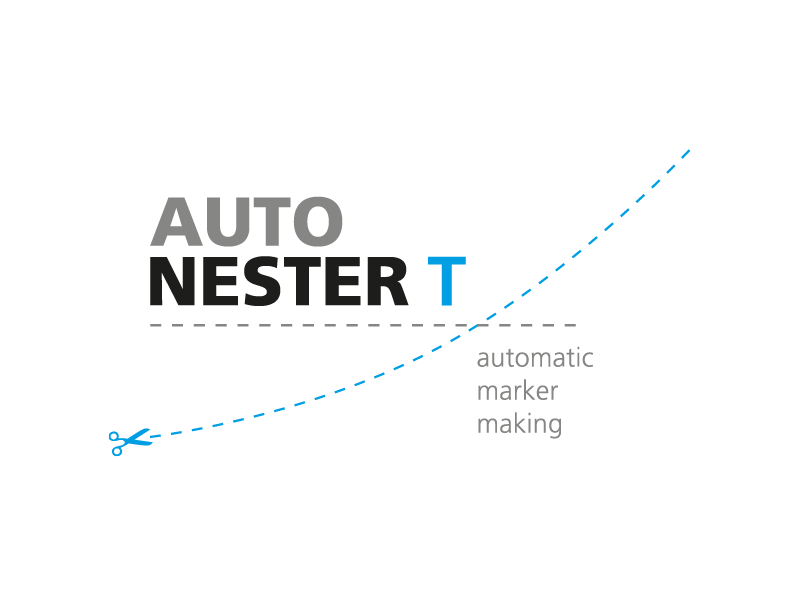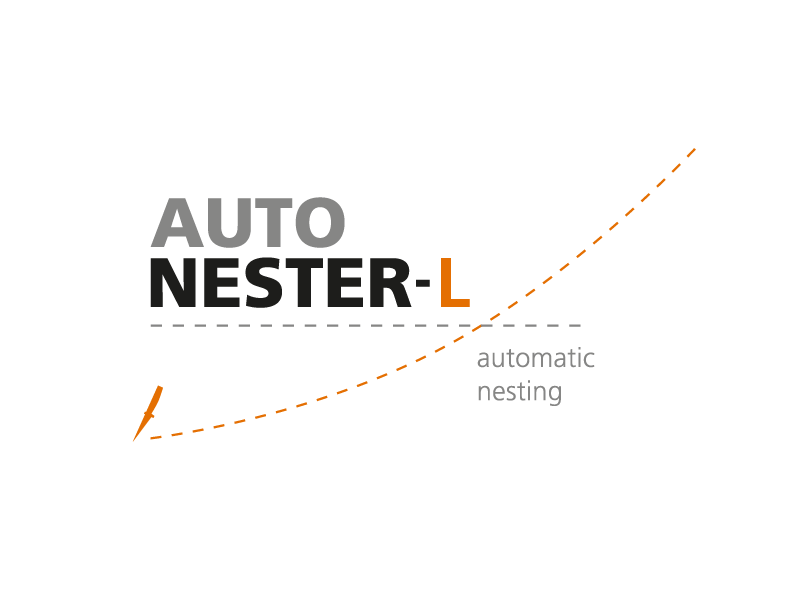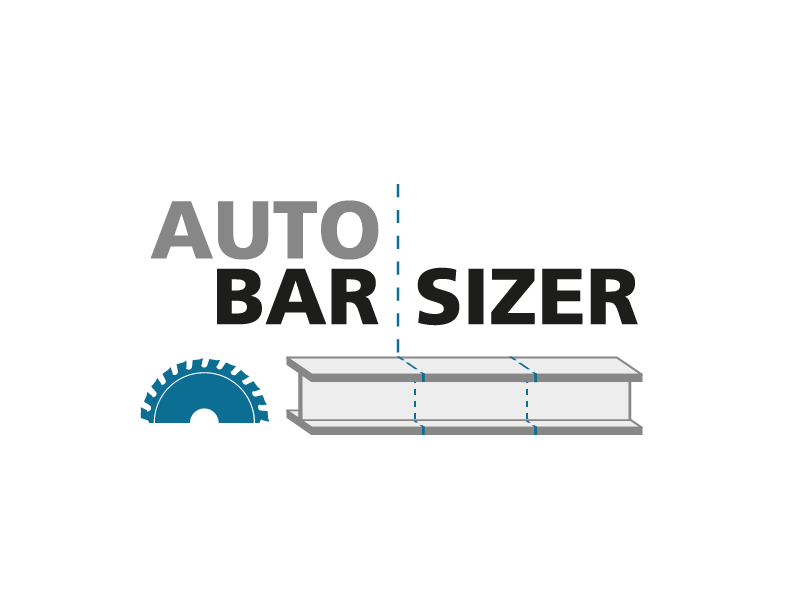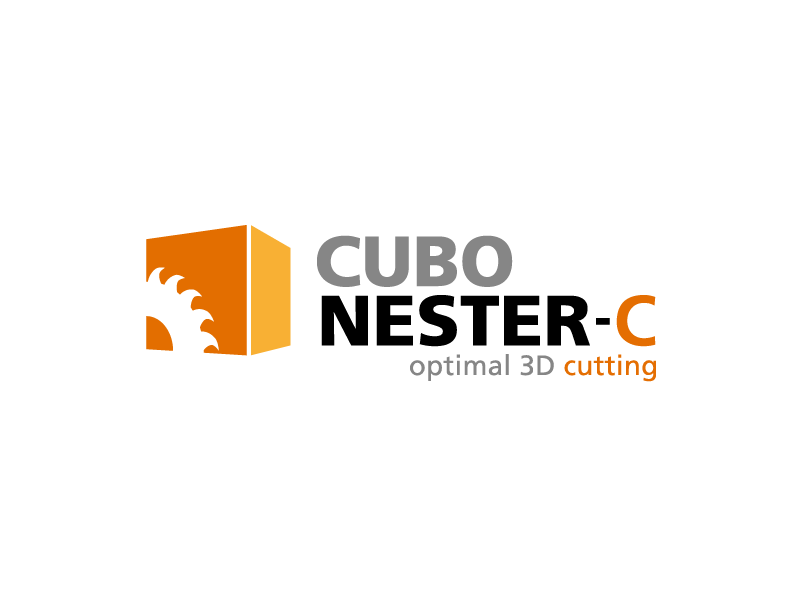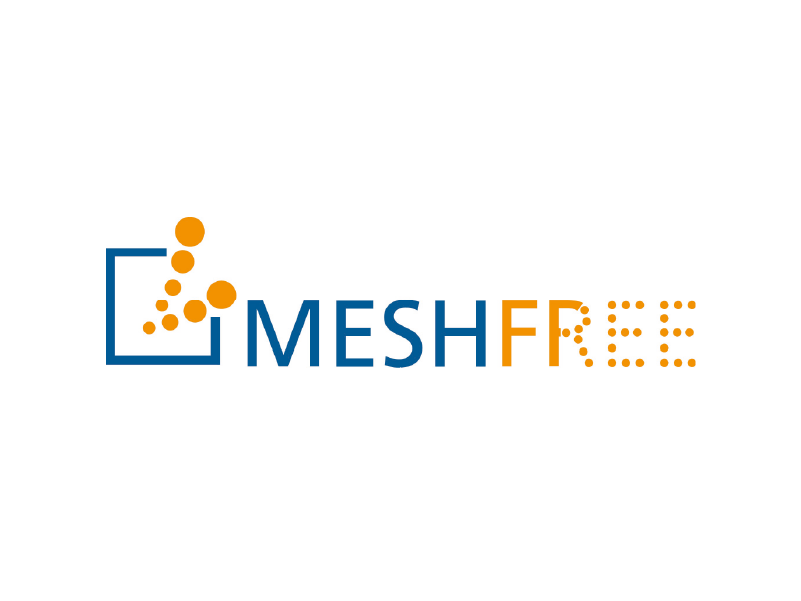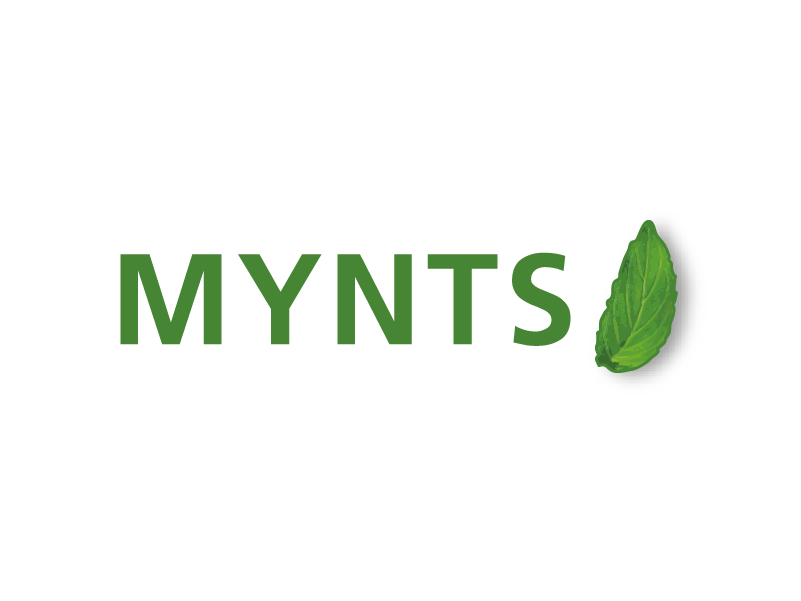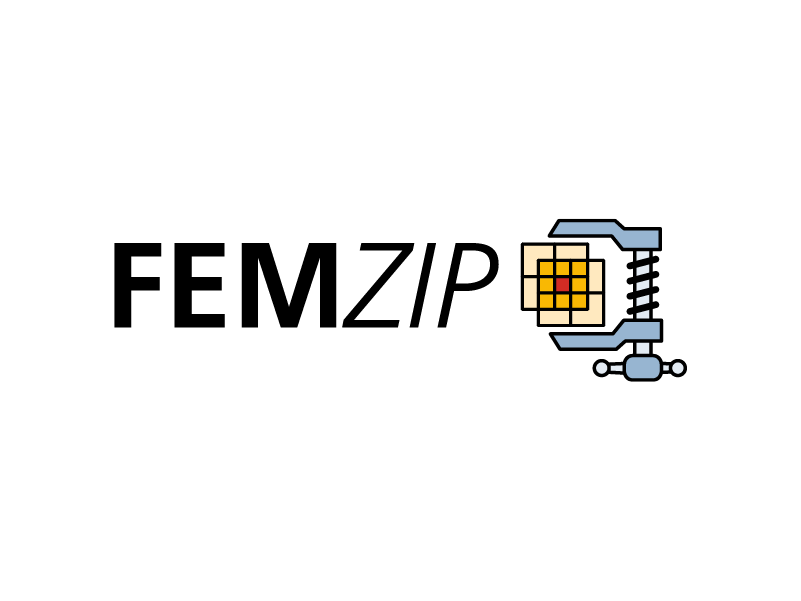SimExplore uses state-of-the-art machine learning methods and applies them to the analysis of CAE data. The SimExplore workflow consists of two steps, with an offline batch process followed by interactive exploration and analysis. The approach is available as a standalone tool and designed for integration with other software clients.

An exploration of many simulations and a fast 3D preview becomes possible with our dimensionality reduction methodology. Such a representation helps in clustering many simulations and detecting outliers, this leads to a significant speed-up in CAE data analysis.
© Photo Fraunhofer IAIS
Benefit & value
In SimExplore, current machine learning methods are applied to large amounts of simulation data to identify commonalities and differences between the various simulations, making post-processing much faster and clearer. The typical process consists of two steps: after a batch process, in which the necessary calculations such as a dimension reduction are performed, an interactive visualization of the different simulations is available. Specifically, SimExplore automatically detects simulations or outliers that behave similarly. SimExplore can be used as a stand-alone tool or integrated into existing SDM software solutions.
SimExplore supports CAE engineers in product development and makes their daily work much easier.
Determination of strongly influenced components
In the SimExplore flow, one can first optionally use the SimCompare tool to compare all simulations with a reference simulation. This analysis, which determines changes in the behavior of deformations or other lattice functions, is performed for all components. The most affected components of all pairwise comparisons can be collected based on a user-defined threshold and then selected for further analysis. Alternatively, user-defined components of interest can be included in the analysis.
Geometry based display
SimExplore uses specialized, patented dimensional reduction techniques to calculate geometric features that represent displacements or lattice functions of the selected components. Using these geometric features, a clustering algorithm is applied to identify clusters and outliers. Since the computed features depend only on geometry, they can be used for comparative analyses starting from as few as two simulations, which is a significant advantage over other machine learning approaches.
Identification of simulations or components with the largest deviation
To further automate the process of identifying exceptions, an outlier characteristic value is calculated for each simulation. The outlier parameter is mainly based on the distance of the simulation from the cluster mean with respect to the deformations or other selected grid functions. After aggregation over all time steps and normalization, the outlier score allows ranking the simulations in terms of their deviations from the other simulations analyzed. In addition to a characteristic value per simulation, we have developed a component characteristic value that is used to find patterns in the deviations per component across all simulations and all time steps.
Interactive exploration
The interactive SimExplore component allows the user to fluently analyze different components or component combinations. The visual representation of the simulations as points in a scatter plot provides an intuitive overview of the similarities and exceptions in the simulations with respect to the selected functions. The user can select any function and component for detailed interactive analysis. Clicking on a simulation in the visualization immediately displays the corresponding component and the associated grid function in a 3D preview, allowing easy exploration of the simulation results. Additional information for a specific simulation or component can be accessed interactively, including a direct link to the GNS Animator.
Batch data processing and interactive analysis
The workflow is divided into a computationally intensive non-interactive part and an interactive exploration part. Offline processing includes, for example, the determination of the most affected components, the calculation of the geometry-based data representation, or the precalculation of additional information for later visual exploration. In addition, new simulations can be added to an existing exploratory analysis with little computational effort. SimExplore’s work steps can be used independently or integrated into any simulation data management system.
Design variations
The ModelCompare tool identifies the changes in a given model compared to a preselected model, e.g. the reference or the predecessor. The design variations obtained can be used in exploring the cluster results in the interactive part of SimExplore, providing a holistic approach to evaluating the consequences of design actions.







